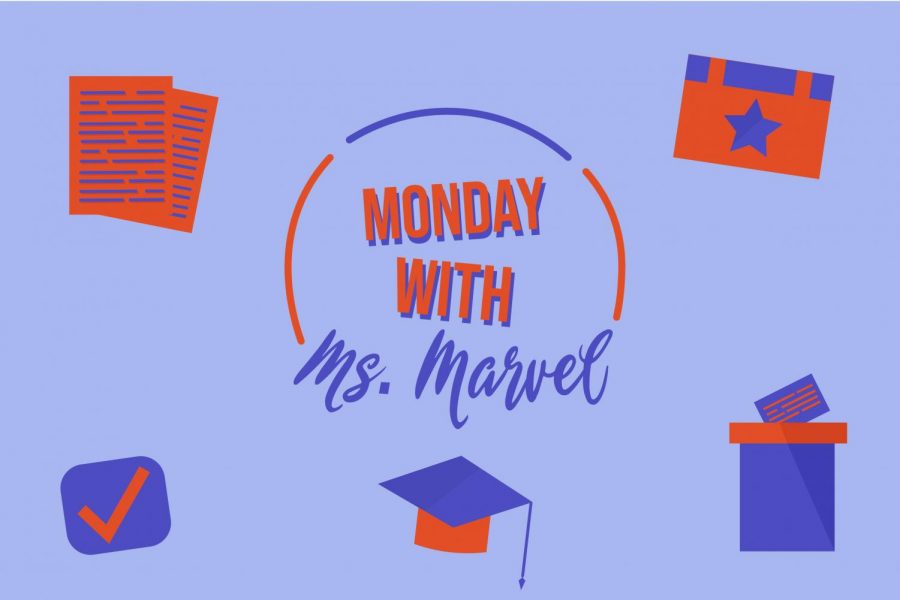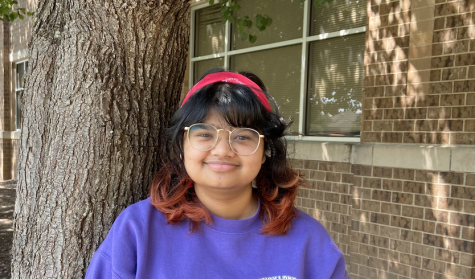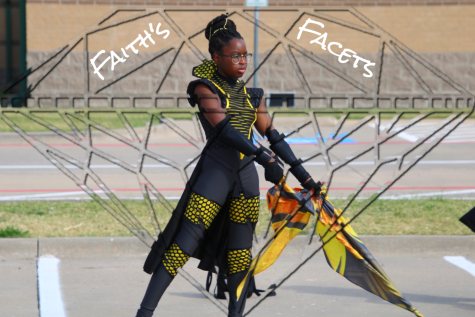Monday’s with Ms. Marvel: media literacy
In her weekly column, Monday with Ms. Marvel, Wingspan’s Trisha Dasgupta reviews different political issues and relatable topics in everyday life.
November 30, 2020
Earlier this month during the U.S. presidential election, we saw social media sites such as Twitter and Instagram make active attempts to control the spread of misinformation and help organize resources and information about the election.
Twitter created a separate trending page dedicated specifically to the election, with every hashtag contextualized, top tweets displayed from only verified journalists, and fact checks for every single tweet that regarded the election. No one was left out of the fact-checkers, not even the President himself. Instagram wouldn’t let users post stories or pictures without first scrolling through a COVID-19 and election disclaimer, and even TikTok had disclaimers on any video that was tagged in the election coverage.
In the last couple of years, this has become a more accepted practice on social media sites, and it can also be seen in the way these websites have put disclaimers on posts regarding COVID-19. It seems as though social media has finally caught up with the fact that many of its users now use these sites for firsthand information, and are starting to refine the information that is being spread.
This is incredibly important, and a vital step in the right direction to fighting against rampant misinformation. However, their attempts might be futile unless schools start teaching media literacy to students.
Media literacy has always been important, however never more so than it is now. These days, most students have unlimited access to the 24-hour news cycle that comes with social media, and as of right now, most are not equipped to properly understand and consume the alarming amount of information they see.
Implementing a unit in middle and high school English classes dedicated to teaching students about how to find credible news articles, ways to avoid biased reports, and how to properly extrapolate information from online sources, is vital to informing the new generation.
Especially considering the fact that social media is increasingly being used as a resource for politicians and journalists, it is crucial that American school children are able to understand how to get information from not only traditional media sources but also social media.
We teach students how to find credible sources for research, and the importance of being able to differentiate between real academic research and Wikipedia, so what’s stopping us from teaching them about how to find credible news sources, and how to read them?
The freedom of the press is one of the many great things about our nation, and the media directly informs the American people and voters. However, the power is lost if Americans aren’t able to accurately consume the information they are given. Implementing a media literacy unit in the English curriculum wouldn’t only help our students, but the future American electorate.










